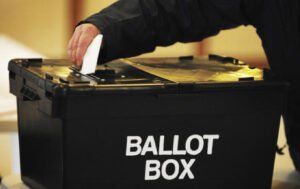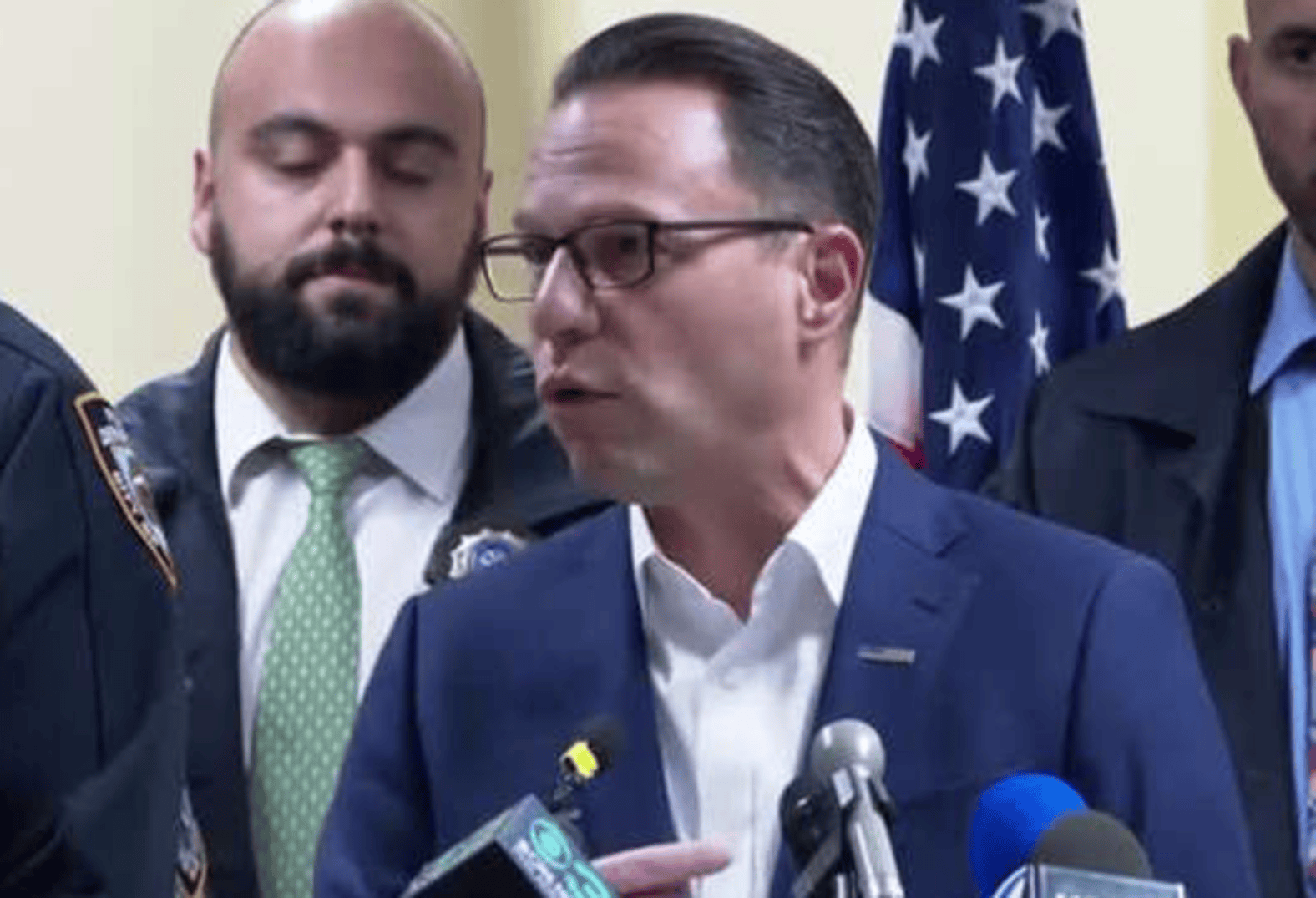
20 Million Votes 2024 Turnout Surges. How Early Voting Breaks Down After First 20 Million Votes Cast
The early voting period for the 2024 election has seen a remarkable turnout. Over 20 million Americans have already cast their votes, showcasing the strong interest and urgency surrounding this election. According to the University of Florida’s Election Lab, which tracks early voting statistics, a total of 21,225,334 votes have been cast. These votes include in-person and mail-in ballots, showing a significant portion of the electorate has already made its decision. 20 Million Votes 2024 Turnout Surges
Early Voting Statistics
In-person voting has accounted for 7.8 million votes. Mail-in ballots, however, have had a much larger share, with 13.3 million people returning their ballots by mail. The tracker further highlights that 62.6 million mail-in ballots have been requested nationwide. This indicates that the number of early votes will continue to rise in the coming days as more mail-in ballots are returned. Early voting is now available in some form in 48 of the 50 states, with Alabama and Mississippi being the only exceptions where absentee ballots require an approved reason to be cast.

The early voting period for the 2024 election has seen a remarkable turnout.
Record Turnout in Swing States
Key battleground states have experienced record-breaking early voting turnout. In Georgia, more than 328,000 people have already voted, shattering the previous early voting record of 136,000 set during the 2020 election. This set a new record for the state, surpassing previous early voting numbers and showcasing the heightened political engagement among its residents.
Democratic Advantage in Early Voting
Traditionally, Democrats have shown a stronger preference for early and mail-in voting than Republicans. This trend continues to hold, as the University of Florida’s tracker indicates that more Democrats than Republicans have cast their ballots so far. Over 4.7 million registered Democrats have voted early compared to 3.7 million Republicans.
This gap, though, does not paint the full picture, as some states do not report party registration data. Additionally, early trends suggest a surge in early voting among Republicans, particularly in the swing states, signaling a shift in traditional voting behaviors.
Republican Surge in Swing States
Despite the Democratic lead in early voting, Republican turnout has seen significant growth, especially in states where they have traditionally lagged behind. Former President Donald Trump has actively encouraged his supporters to vote early, and it appears his message is being received.
In Nevada, a state where Democrats have often relied on early votes to balance out Election Day Republican surges, early data shows Republicans slightly ahead. As of Tuesday, approximately 6,000 more Republicans than Democrats had cast their ballots. This could mark a notable shift in the dynamics of early voting in the state.
Arizona has also seen a similar trend, with 42% of the early voters registered as Republicans, while 36% are registered Democrats. In North Carolina, the difference between the two parties is less pronounced, with 35% of early voters being Democrats and 33% being Republicans.
Pennsylvania: A Democratic Stronghold
In contrast to the rising Republican numbers in other swing states, Pennsylvania has continued to show a strong Democratic presence in early voting. Of the over 1 million early votes cast, 66% have come from registered Democrats, compared to just 28% from Republicans. This indicates that, at least in Pennsylvania, Democrats continue to dominate the early voting landscape.
The Uncertainty in Early Voting Trends
While early voting numbers are high, interpreting what they mean for the final election outcome is challenging. Early voting data only reveals the party registration of voters, not who they voted for. Moreover, the early electorate can change significantly day by day as more people submit their ballots, making it difficult to draw concrete conclusions from current trends.
Another critical factor to consider is that older voters, who are generally more likely to support Republicans, have made up a large portion of the early vote. According to the University of Florida’s tracker, 48% of early voters across states that collect age data are 65 years old or older. This suggests that while the Democrats may have an early lead, the outcome is far from certain, especially as younger voters—who are typically more likely to support Democrats—could impact the results as Election Day approaches.
Challenges in Interpreting Early Voting Data
While early voting provides valuable insight into voter engagement, interpreting this data comes with challenges. Early voting numbers only indicate party registration, not voter preference, and the electorate can shift rapidly. Additionally, different states report early voting data in various ways, making it difficult to compare trends across states.
Moreover, many early voters are casting their ballots in states that do not track party registration, such as Georgia and Michigan. This further complicates efforts to analyze early voting patterns and predict outcomes.
Conclusion
With over 20 million ballots already cast, early voting is playing a crucial role in shaping the election’s outcome. While Democrats currently lead in early voting, the rising Republican turnout in key swing states signals that the race is far from over.
As Election Day approaches, the composition of the electorate will continue to evolve, with younger voters and those casting mail-in ballots playing a crucial role. The uncertainty surrounding early voting data makes it difficult to predict the final outcome, but one thing is clear: early voting has fundamentally changed the way Americans participate in the electoral process.







